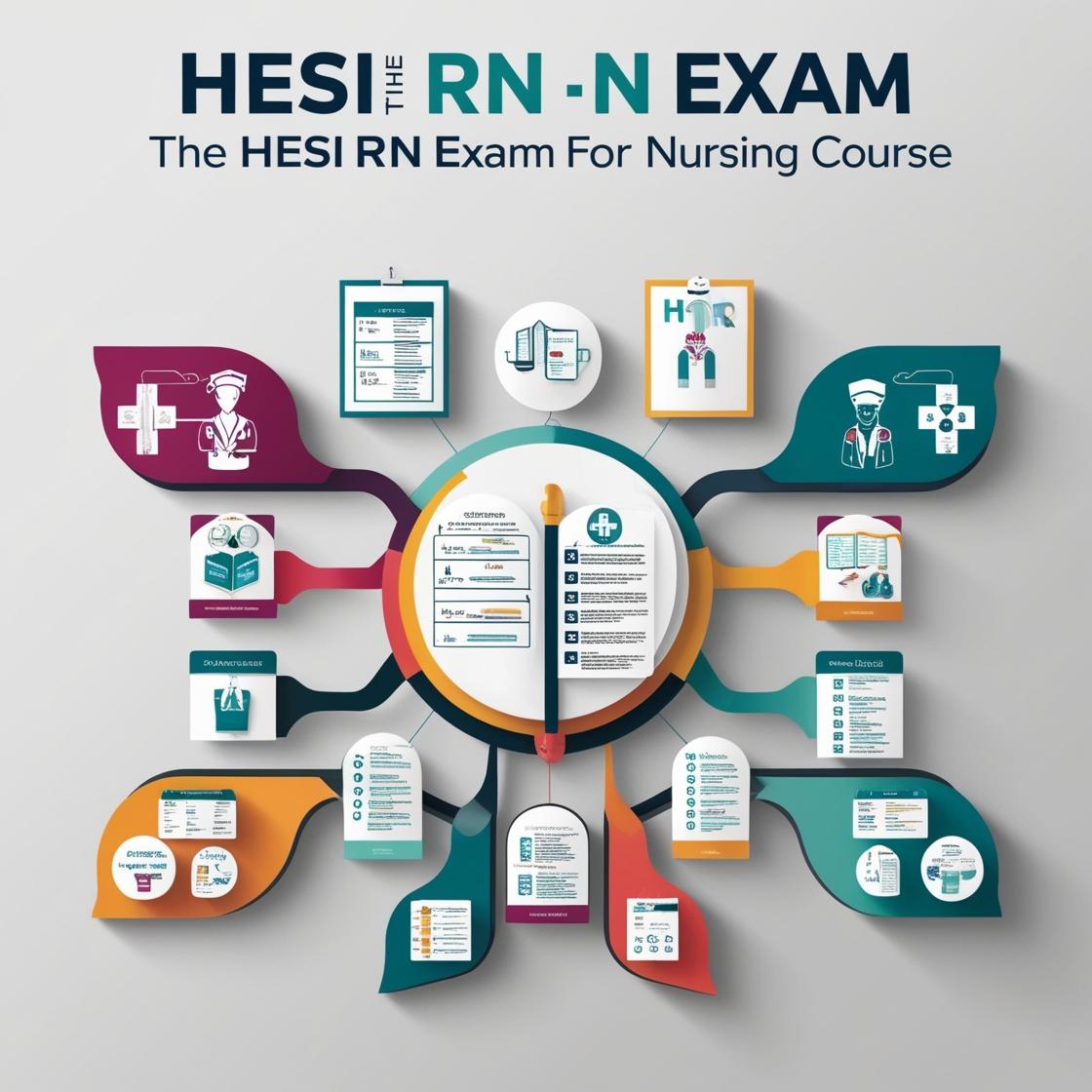HESI RN
Mental Health HESI
1. A female client is brought to the emergency department after police officers found her disoriented, disorganized, and confused. The RN also determines that the client is homeless and is exhibiting suspiciousness. The client’s plan of care should include what priority problem?
- A. Acute confusion.
- B. Ineffective community coping.
- C. Disturbed sensory perception.
- D. Self-care deficit.
Correct answer: A
Rationale: Acute confusion is the priority problem because it directly impacts the client's safety and functioning. In this scenario, the client is disoriented, disorganized, and confused, which can pose immediate risks to her well-being. Ineffective community coping, disturbed sensory perception, and self-care deficit are not as urgent in this situation. Ineffective community coping focuses on the client's ability to manage stress related to the community, disturbed sensory perception pertains to alterations in sensory input, and self-care deficit involves the inability to perform activities of daily living independently. While these issues may also need addressing, acute confusion takes precedence due to the immediate safety concerns it presents.
2. A male client with bipolar disorder tells the nurse that he needs to 'make some deals so that he can improve his retirement savings.' Based on this information, which client outcome should the nurse include in the plan of care?
- A. Delay business decisions until his mania subsides.
- B. Identify the feelings associated with his behaviors.
- C. Seek legal counsel when making business decisions.
- D. Describe why he is feeling fearful about his finances.
Correct answer: A
Rationale: In individuals with bipolar disorder experiencing mania, impulsivity and poor judgment are common. Delaying business decisions until the mania subsides is crucial to prevent impulsive and potentially harmful financial choices. Choice B, identifying feelings associated with behaviors, may be important but does not directly address the immediate need to prevent risky financial decisions. Seeking legal counsel (Choice C) may be appropriate in some situations but is not the priority in managing acute mania. Describing why he feels fearful about finances (Choice D) is relevant for understanding emotions but does not address the immediate risk of impulsive financial actions during mania.
3. A female client with a history of major depressive disorder is experiencing a worsening of symptoms. Which statement by the client indicates a potential risk for suicide?
- A. “I’ve been feeling more tired than usual.”
- B. “I’ve been thinking about how much better everyone would be without me.”
- C. “I’ve been having trouble sleeping lately.”
- D. “I feel like I can’t handle everything.”
Correct answer: B
Rationale: The client’s statement about thinking that everyone would be better off without her indicates suicidal ideation. This statement is a significant warning sign for suicide risk and requires immediate intervention. Choices A, C, and D reflect common symptoms of depression but do not directly indicate suicidal thoughts or intentions. Feeling tired, having trouble sleeping, and feeling overwhelmed are typical symptoms of major depressive disorder but do not necessarily suggest an imminent risk of suicide like the statement in option B does.
4. The nurse is developing unit policies that will include nursing guidelines for maintaining a therapeutic milieu. Which interventions should be included when providing a therapeutic milieu in an inpatient setting?
- A. Opportunities to contribute to one's treatment plan.
- B. One-on-one dialogue sessions with the therapist.
- C. Regularly scheduled unit activities for peer interaction.
- D. Home visits to reintegrate into the family.
Correct answer: C
Rationale: The nurse is responsible for maintaining a therapeutic milieu in an inpatient setting, which involves creating a secure and structured environment that promotes client safety and offers opportunities for clients to learn healthy coping skills. Regularly scheduled unit activities for peer interaction help foster socialization, support, and a sense of community among clients. Choices A and B are valuable interventions in mental health care but do not directly relate to creating a therapeutic milieu in an inpatient setting. Choice D, home visits, would typically occur post-discharge and focus on community reintegration, rather than maintaining a therapeutic milieu within the inpatient setting.
5. A client with anorexia nervosa has a body mass index (BMI) of 16.5 and has been diagnosed with bradycardia. Which of the following findings should the RN be most concerned about?
- A. Body temperature of 96.8°F.
- B. Heart rate of 52 BPM.
- C. Serum potassium level of 4.1 mEq/L.
- D. Electrocardiogram (ECG) changes.
Correct answer: D
Rationale: In a client with anorexia nervosa and bradycardia, monitoring for ECG changes is crucial as these changes may indicate potentially life-threatening cardiac complications. While other findings like low body temperature, bradycardia, and serum potassium levels are concerning, ECG changes specifically reflect the impact of bradycardia on the heart's electrical activity and should be the priority for the nurse to assess and address.
Similar Questions

Access More Features
HESI RN Basic
$89/ 30 days
- 50,000 Questions with answers
- All HESI courses Coverage
- 30 days access @ $89
HESI RN Premium
$149.99/ 90 days
- 50,000 Questions with answers
- All HESI courses Coverage
- 30 days access @ $149.99
